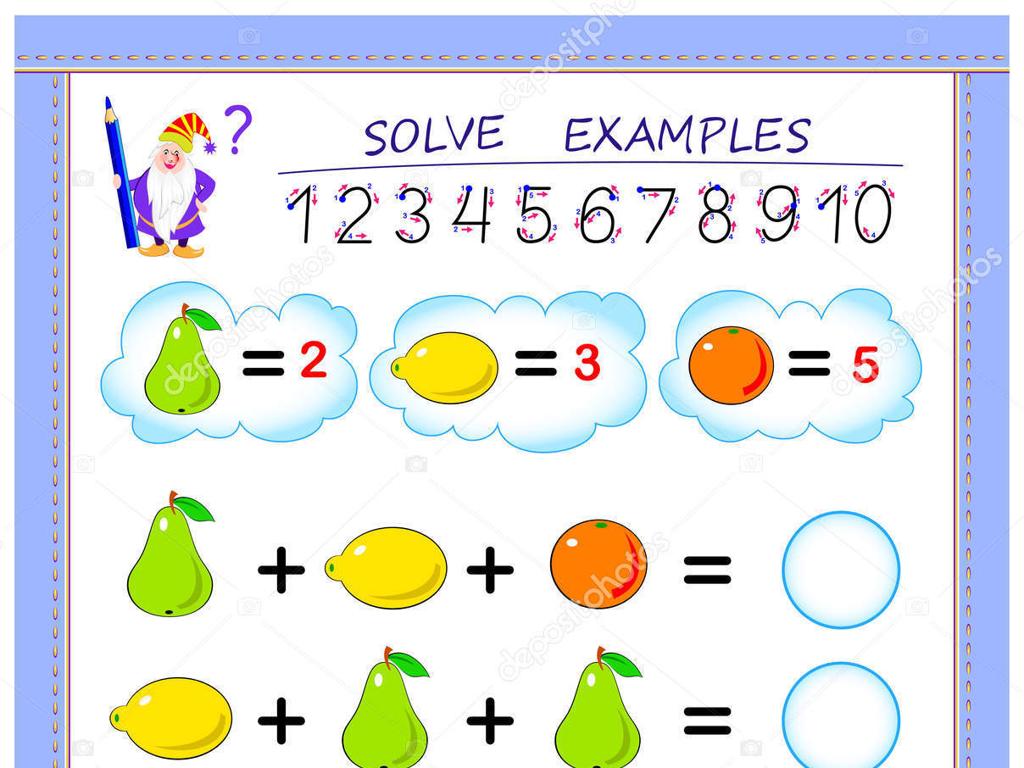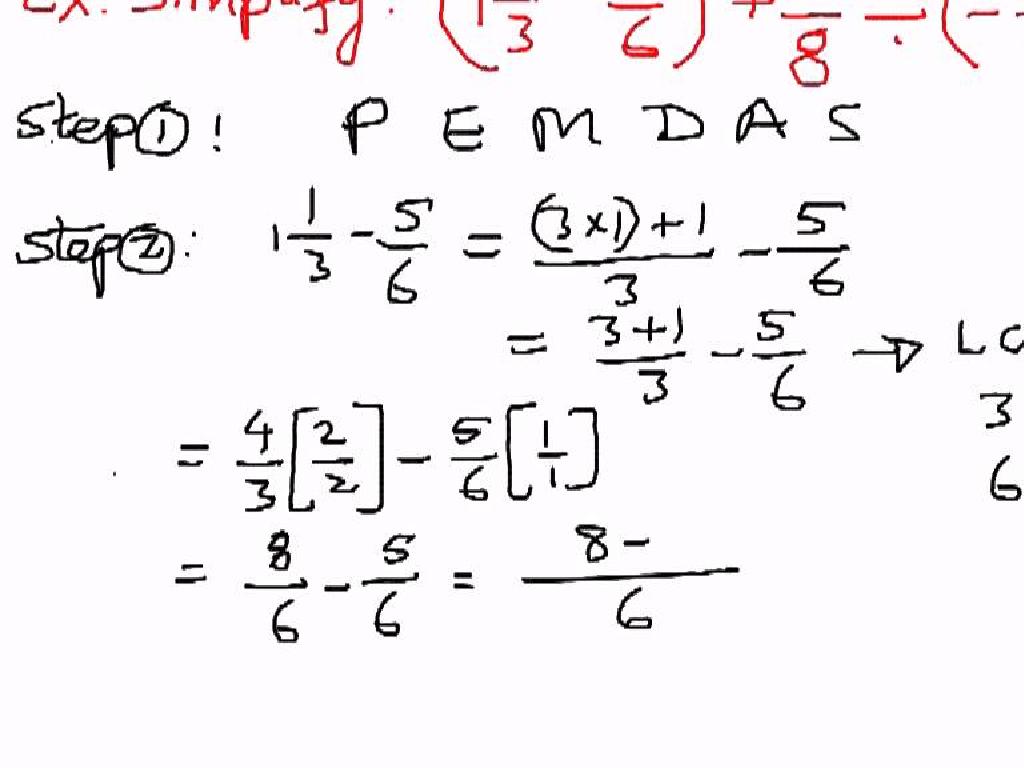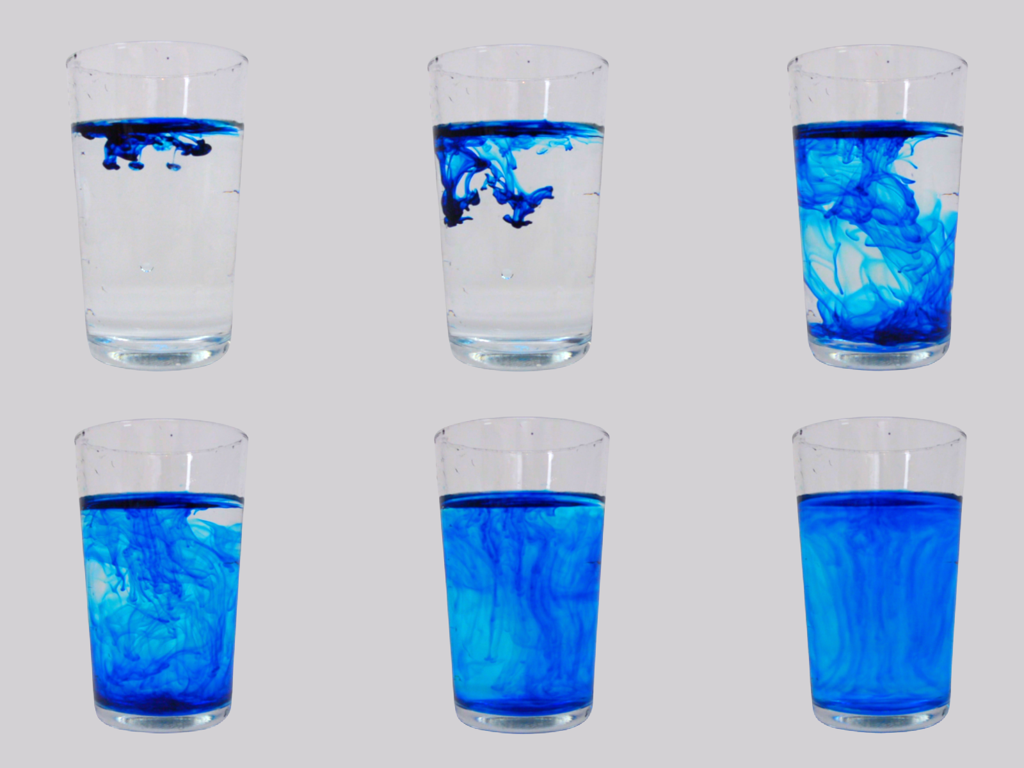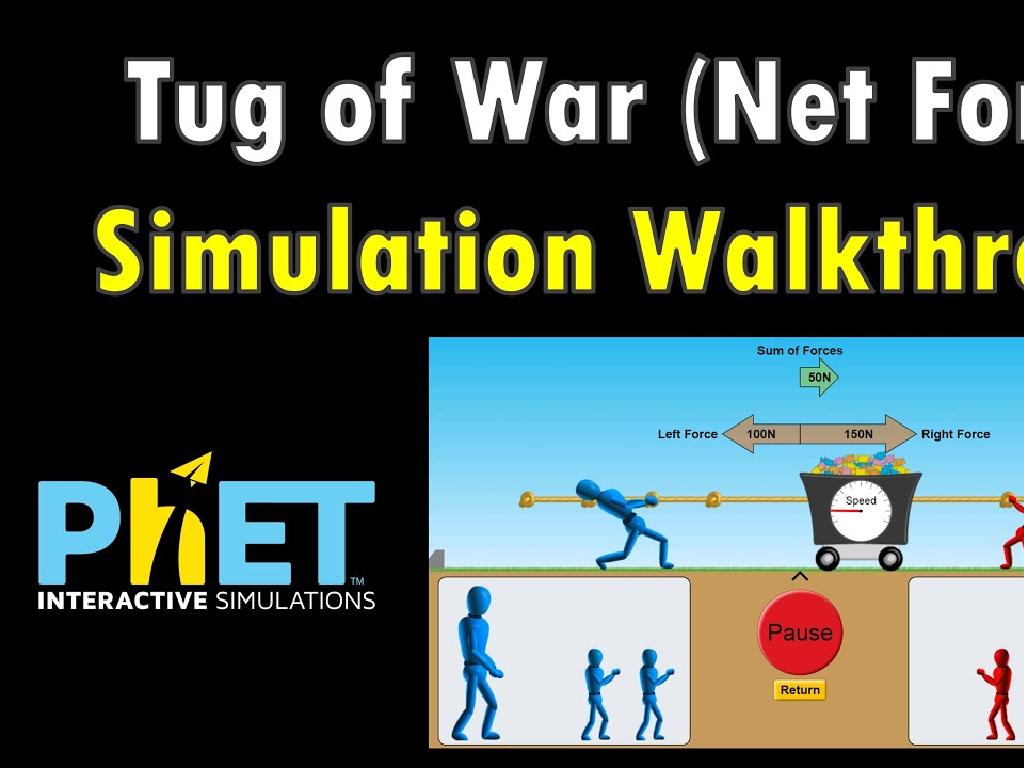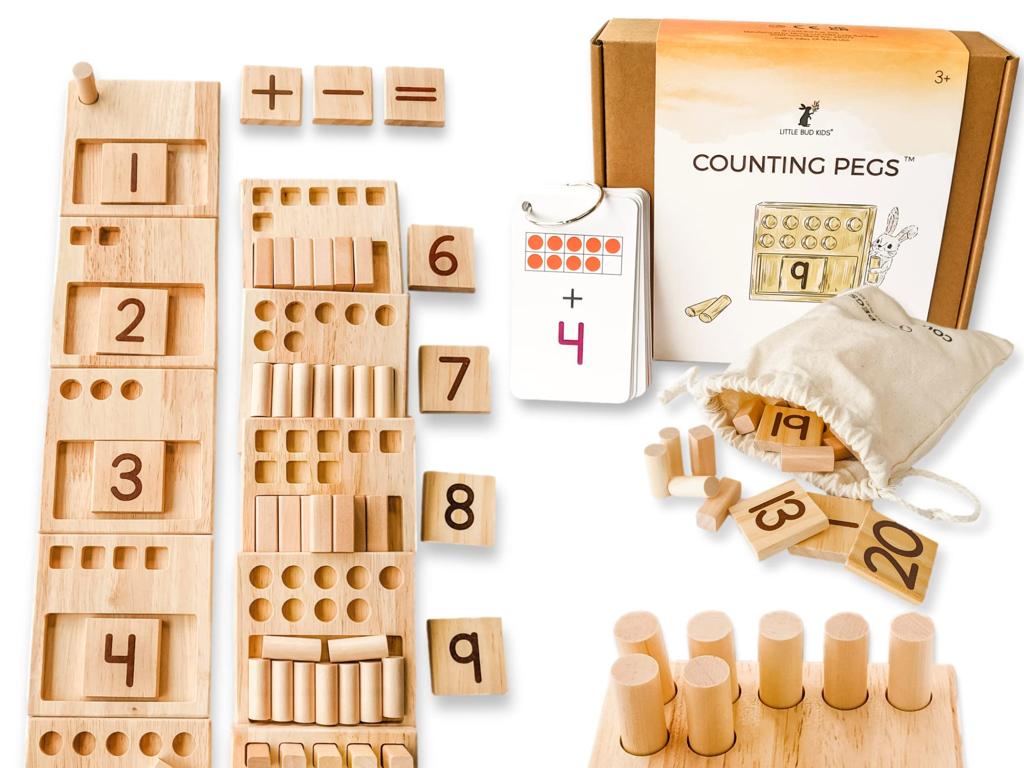Investigate Pushes And Pulls
Subject: Science
Grade: Kindergarten
Topic: Force And Motion
Please LOG IN to download the presentation. Access is available to registered users only.
View More Content
Exploring Forces: Pushes and Pulls
– What are forces?
– Forces make things move or stop
– Pushes and pulls in daily life
– Opening doors, playing with toys
– Examples of pushes
– Pushing a swing, kicking a ball
– Examples of pulls
– Pulling a wagon, hugging a teddy bear
|
Begin the class with a warm welcome and an introduction to the concept of forces, emphasizing that forces are what we use to make things move or stop. Explain that pushes and pulls are types of forces we experience every day. Provide relatable examples such as opening doors (pull) or playing with toys (push). Show how pushing a swing or kicking a ball involves a force moving away from us, while pulling a wagon or hugging a teddy bear involves a force towards us. Encourage the children to think of other examples and to demonstrate pushes and pulls with classroom objects. This will help them understand the practical application of these forces in their daily lives.
Exploring Pushes in Motion
– What is a push?
– A push is when you use force to move something away from you.
– Pushing moves things away
– Examples: swing and door
– Pushing a swing makes it move forward. Closing a door also needs a push.
– Pushes in our daily life
– We use pushes to move things every day without even thinking about it!
|
This slide introduces the concept of a push as a type of force that moves objects away from the source of the force. Start by explaining that when we push something, we are applying force to it. Use everyday examples that children are familiar with, such as pushing a swing to make it move or pushing a door to close it. Encourage the children to think of and discuss other examples of pushes they have experienced in their daily lives. This will help them relate the concept to their own experiences and better understand how pushes affect the movement of objects.
Exploring Pulls in Our World
– Understanding a pull
– A pull makes things move towards us
– Pulling things closer
– Like when we pull a toy towards ourselves
– Examples: wagon & drawer
– Pulling a wagon towards you, or opening a drawer
– Pulls in everyday life
|
This slide introduces the concept of ‘pull’ as a type of force. Explain that a pull is when you use your muscles to bring something closer to you. Use tangible examples like pulling a wagon, which the children might have experienced. Demonstrate pulling an object towards you and discuss how it moves closer. Encourage the children to think of and share other examples of pulling actions they have seen or done. This will help them relate the concept to their everyday lives and understand that pulling is a common action that results in movement.
Exploring Pushes and Pulls
– We make things move with pushes and pulls
– Think of how you pushed or pulled today
– Examples: Opening doors, playing with toys
– Opening a door (pull), pushing a toy car (push)
– Pushes and pulls are forces
– Forces cause objects to start moving or stop
|
This slide introduces the basic concepts of pushes and pulls as forces that cause movement. Encourage the children to reflect on their day and identify actions where they have pushed or pulled something. Provide simple, relatable examples such as opening a door or playing with toys to help them connect the concept to real-world experiences. Explain that a push moves something away from them, while a pull brings something closer. During the class, engage the students in a discussion to share their examples and reinforce their understanding that pushes and pulls are all around us in our daily activities.
Let’s Experiment with Pushes and Pulls!
– See pushes and pulls in action
– We need toys and balls
– How do we use push and pull?
– Gently push a toy car, then pull it back
– Observe what happens to toys
– Notice how toys move or stop
|
This slide introduces a hands-on activity for Kindergarten students to explore the concepts of push and pull, which are fundamental forces in motion. Provide a variety of toys and balls for the children to experiment with. Encourage them to use different levels of force to push and pull the objects and observe the effects. Ask guiding questions like ‘What happens when you push the toy car harder?’ or ‘How does the ball move when you pull it towards you?’ This will help them understand the cause and effect relationship in force and motion. Prepare to have multiple stations with different toys if the class size is large, ensuring each child gets a turn. The activity should be supervised to maintain safety and to facilitate the learning process.
Class Activity: Push and Pull Hunt
– Let’s explore pushes and pulls
– Find pushable and pullable items
– Team up for a classroom hunt
– Make a list with your partner
– Use words or drawings to show your finds
|
This activity is designed to help kindergarteners understand the concepts of push and pull through a fun and interactive classroom hunt. Teachers should pair up students, ensuring that each pair has a mix of abilities. Provide each pair with a clipboard and a worksheet where they can either draw or write the items they find. Encourage them to explore different areas of the classroom and identify objects they can push, like a toy car, or pull, like a drawer. After the hunt, regroup and discuss the findings, asking students to demonstrate how they push or pull each item. This will help solidify their understanding of the forces involved. Possible variations of the activity could include outdoor hunts, using different classroom objects, or categorizing the items found by size or weight.
Sharing Our Discoveries: Pushes and Pulls
– Share our push and pull findings
– Discuss using force to move objects
– Examples of pushes and pulls
– Pushing a toy car, pulling a wagon
– How force affects movement
– A gentle push makes a toy move slowly, a hard push makes it go fast
|
In this slide, students will have the opportunity to share their observations from a previous activity where they explored pushes and pulls in their environment. Encourage them to describe the actions they took and the results they saw. Discuss how different amounts of force affect the movement of objects, using everyday examples like toys. This will help them understand the concept of force and its role in motion. For the activity, consider having students demonstrate with objects in the classroom how different forces affect movement, such as pushing a ball lightly versus with more strength, or pulling different items with varying effort.
Exploring Pushes and Pulls: Conclusion
– Great job exploring forces!
– Pushes move things away
– Like pushing a toy car to make it roll
– Pulls bring things closer
– Like pulling a wagon towards you
– Forces are part of daily life
– Opening doors, playing on slides
|
Well done to all the students for learning about pushes and pulls! It’s important to remember that a push is when you apply force to move something away from you, like when you push a swing. A pull is when you apply force to bring something towards you, like when you pull a rope in tug-of-war. These forces are everywhere, and we use them every day without even thinking about it. From opening and closing doors to playing with toys, pushes and pulls make it possible for us to interact with the world around us. Encourage the children to notice and talk about when they use pushes and pulls at home or in the playground.

